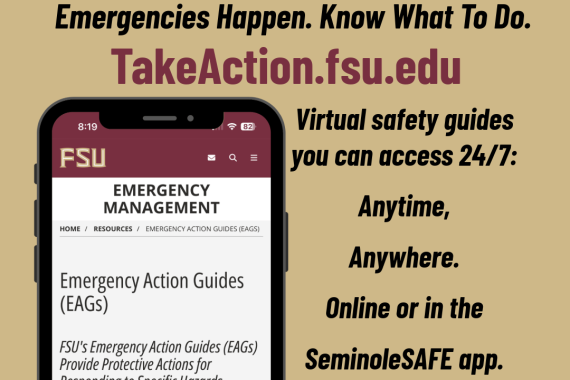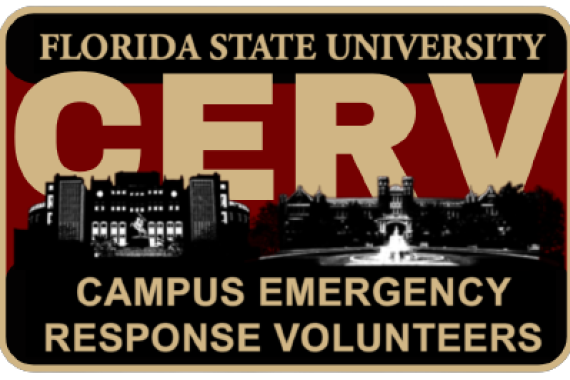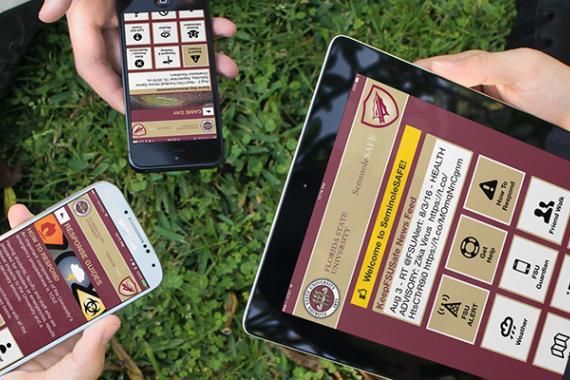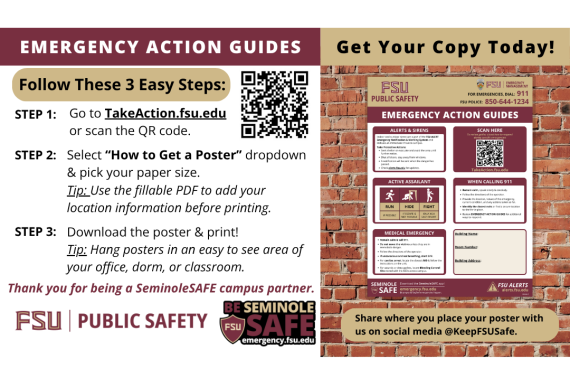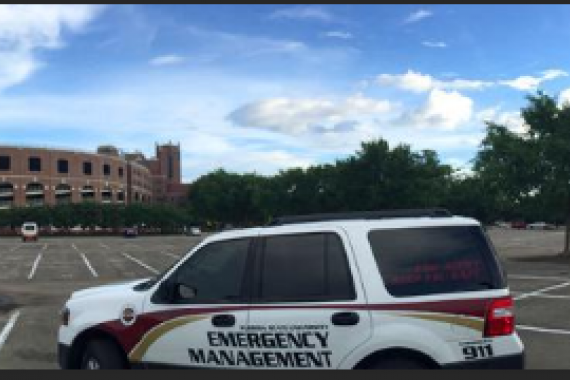Basic Information
A bomb threat is defined as communication through the use of mail, e-mail, telephone, telegram, or other instrument of commerce; the willful making of any threat; or the malicious conveyance of false information knowing the same to be false which concerns an attempt being made, or to be made; to kill, injure intimidate any individual; or unlawfully to damage or destroy any building, vehicle, or other real or personal property by means of an explosive.
Bomb threats are usually received by telephone, but they may also be received by note, letter or e-mail. All bomb threats should be taken seriously and handled as though an explosive were in the building. There are three reasonable explanations for receiving a bomb threat:
- The caller has definite knowledge or believes that an explosive or incendiary device has been or will be placed in an area and wants to minimize personal injury or property damage. The caller may be the person who placed the device or someone else who has become aware of such information.
- The caller wants to create an atmosphere of anxiety and panic, which will possibly result in a disruption of the normal activities at the target area.
- The caller wants to bring about or amplify a lack of confidence in existing leadership or programs. By injecting panic into a normal operations situation through fear of the known or unknown, the caller may achieve his or her ultimate goals.
If You Receive a Threat...
Prepare by keeping a copy of CISA's Bomb Threat Checklist near your phone.
If you receive a bomb threat by handwritten note or e-mail, handle the note as minimally as possible and do not delete the email. Call 9-1-1 immediately to provide information and await instructions.
If you receive a bomb threat by phone, DO NOT hang up on the caller. Stay on the line as long as possible, speak calmly and keep the caller talking, and take the following steps:
- If another person is close by, notify them and tell them to call 9-1-1.
- Write down the incoming phone number from the Caller ID.
- Ask questions, such as:
- Where is the bomb located? (building, floor, room, etc.)
- When will it go off?
- What does it look like?
- What kind of bomb is it?
- What will make it explode?
- Did you place the bomb?
- Why?
- What is your name?
- Attempt to identify any characteristics of the caller and their location, such as age, gender, voice, background noise, etc.
If the caller hangs up, DO NOT HANG UP YOUR RECEIVER. Call 9-1-1 from a different phone to provide information and await instructions.
If You Receive a Suspicious Package...
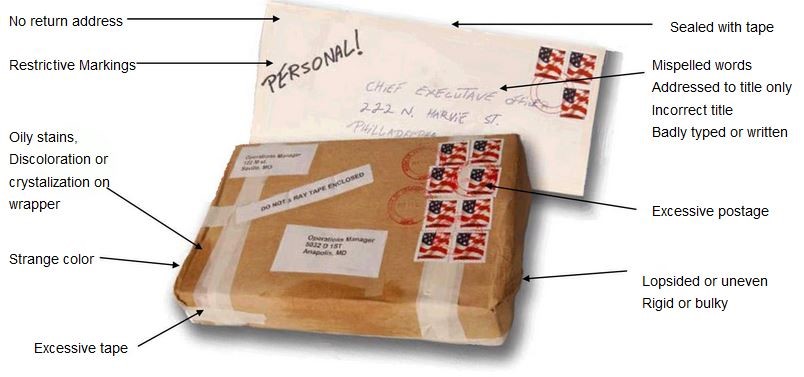
- Do not touch or move a suspicious package. Clear the area around the suspicious package and notify Police immediately.
- Do not use two-way radios or cell phones. Radio signals have the potential to detonate a bomb.
If You Find a Bomb...
- Do not touch it or attempt to move it.
- Notify Police and evacuate the area. Do not use two-way radios or cell phones. Radio signals have the potential to detonate a bomb.
- Do not activate the building fire alarm system to achieve evacuation.
- Remain calm but act quickly.
- Promptly secure equipment, research, etc. in safe shutdown condition before leaving.
- Spread the word of the evacuation order to others as you exit the building.
- When evacuating a building, avoid standing in front of windows or other potentially hazardous areas.
- Do not restrict sidewalks or other areas used by emergency officials.


